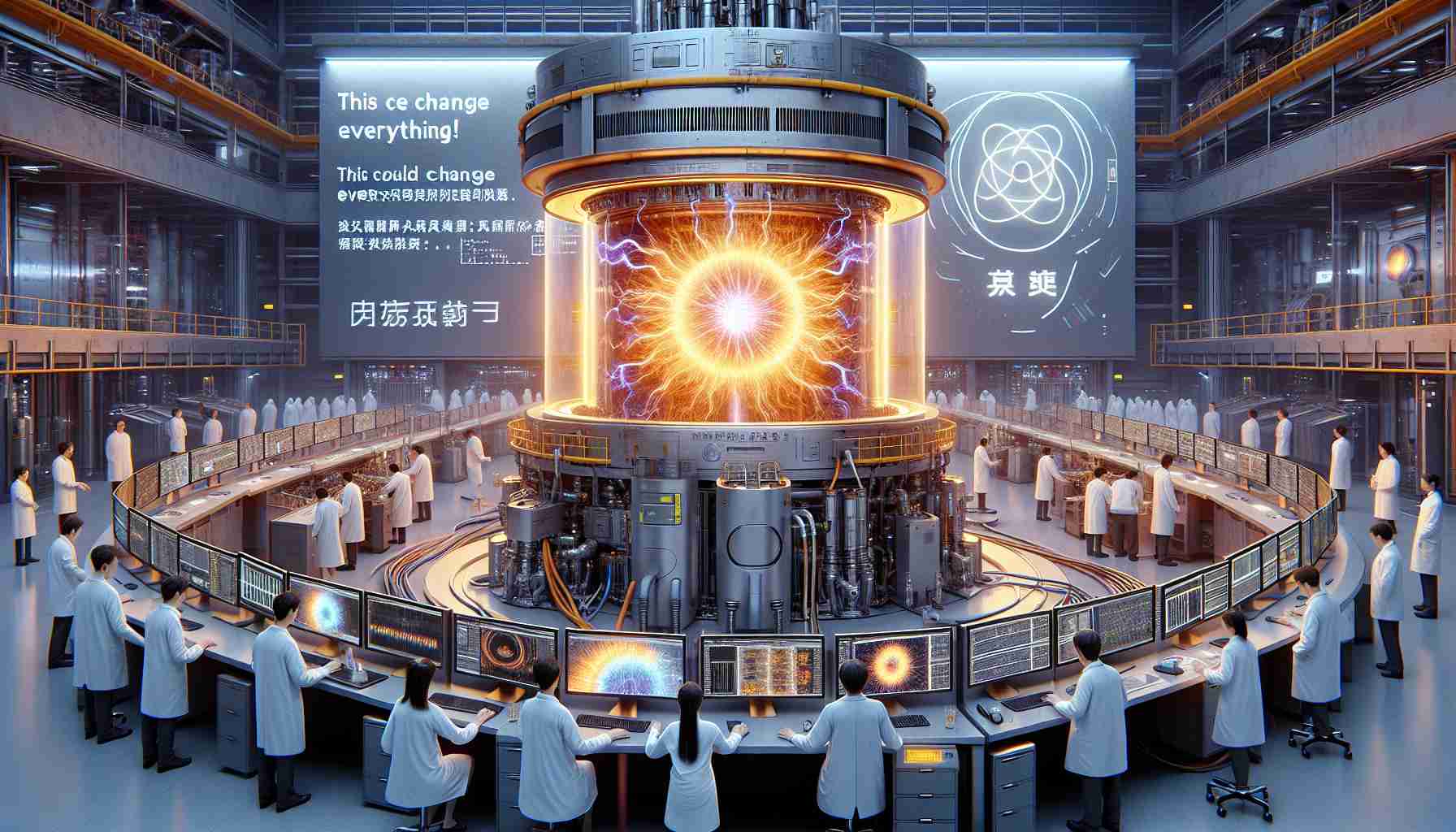Iran’s Nuclear Power Gains Momentum
The Bushehr Nuclear Power Plant is making waves in Iran’s energy landscape, with remarkable achievements highlighted by Mohammad Eslami, the head of the Atomic Energy Organization of Iran (AEOI). So far, the plant has injected an impressive 70 billion kilowatt-hours of electricity into the national grid. This vast energy production translates into a significant saving, having eliminated the need for 105 million barrels of oil and saving up to $8 billion in energy costs since its inception.
Eslami emphasized the financial advantages of nuclear energy, noting that the initial investment of only $1.8 billion for the Bushehr facility has yielded substantial returns. Highlighting the value of heavy water, he noted that each kilogram is priced around $1,000, and its derivatives can command even higher prices.
Notably, Iran holds 12.5 percent of the global heavy water market, and Eslami assured that there remains room for growth due to increasing demands. Looking forward, Iran is committed to expanding its nuclear capabilities, with plans for additional units at the Bushehr plant and new facilities in regions like Khuzestan and Hormozgan. The goal over the next 17 years is to generate an astounding 20,000 megawatts of nuclear electricity, showcasing Iran’s ambition to become a regional energy powerhouse.
Wider Implications of Iran’s Nuclear Energy Expansion
The ongoing advancements in Iran’s nuclear power sector are poised to reshape not only the nation’s energy landscape but also the broader dynamics of society and the global economy. The substantial savings from the Bushehr Nuclear Power Plant underscore a pivotal shift away from fossil fuels, reinforcing the potential for nuclear energy as a cost-effective alternative in an era grappling with energy crises and climate change. By circumventing the use of 105 million barrels of oil, Iran is not only preserving a critical natural resource but also positioning itself as a significant player in the global energy market.
Furthermore, these developments raise urgent environmental considerations. As the world moves toward greater sustainability, Iran’s commitment to nuclear energy may result in reduced greenhouse gas emissions compared to coal and oil. However, it also raises concerns about nuclear safety and waste management. The potential establishment of new facilities expands the risk landscape, highlighting the necessity for stringent regulatory oversight and transparent international cooperation.
Looking to the future, Iran’s strategy reflects broader trends in energy diversification. As nations seek to reduce dependency on fossil fuels, nuclear energy’s role may expand, influencing geopolitical relations as countries jockey for energy leadership. With Iran planning a significant capacity increase, its investments could very well lead to a shift in regional energy dynamics and further entrench the nation in pivotal energy conversations. As the world looks toward clean energy solutions, the long-term significance of Iran’s pursuit of nuclear power cannot be overstated. The decisions made today will resonate well into future generations, potentially redefining energy paradigms globally.
Unveiling Iran’s Nuclear Aspirations: What You Need to Know
Iran’s Nuclear Power Gains Momentum
The Bushehr Nuclear Power Plant in Iran is rapidly reshaping the country’s energy portfolio, underscored by its remarkable contributions to electrical generation. According to Mohammad Eslami, the head of the Atomic Energy Organization of Iran (AEOI), the facility has successfully supplied 70 billion kilowatt-hours of electricity to the national grid since operations began. This impressive output has resulted in significant operational savings, having replaced the demand for 105 million barrels of oil and potentially saving the Iranian economy an estimated $8 billion in energy expenditures.
# Financial Implications of Nuclear Energy
The economic benefits of the Bushehr plant have been noteworthy, with an initial investment of approximately $1.8 billion yielding substantial returns. Eslami pointed out the high value of heavy water, currently trading at around $1,000 per kilogram, with its derivatives achieving even higher market values. Iran currently commands 12.5 percent of the global heavy water market, pointing to its strategic position in this vital segment of the nuclear industry. As global demand rises, Iran is poised to expand its role significantly.
# Future Plans and Goals
Looking ahead, Iran’s ambitions in nuclear energy are extensive. The government plans to add several more units at the Bushehr facility while simultaneously developing new plants in regions such as Khuzestan and Hormozgan. Over the next 17 years, the objective is to increase nuclear electricity generation capacity to a staggering 20,000 megawatts. This strategy not only aims to ensure energy security but also positions Iran as a potential regional energy leader.
# Pros and Cons of Nuclear Energy in Iran
Pros:
– Energy Independence: Reduced dependency on fossil fuels.
– Economic Savings: Significant cost savings due to decreased oil consumption.
– Environmental Impact: Lower carbon emissions compared to traditional energy sources.
Cons:
– Political Risks: Ongoing international scrutiny and sanctions may impact operations.
– Safety Concerns: Risk of nuclear accidents or incidents could pose challenges.
– Long-term Waste Management: Need to manage radioactive waste sustainably.
# Innovations and Sustainable Practices
As Iran invests in its nuclear infrastructure, questions regarding sustainability and safety measures come to the forefront. Innovations in reactor technology and waste recycling could play crucial roles in making Iran’s nuclear program not only efficient but also environmentally sustainable.
For further information on Iran’s energy strategies and developments in nuclear technology, visit AEI for extensive insights and analyses.
# Conclusion
Iran’s commitment to expanding its nuclear power capabilities signifies a pivotal shift in its energy landscape. With plans to substantially boost production and increase market participation in heavy water, Iran illustrates its determination to harness nuclear energy as a cornerstone of its future growth strategy. As global energy demands evolve, Iran’s nuclear ambitions will remain a critical area of focus.
The source of the article is from the blog exofeed.nl


